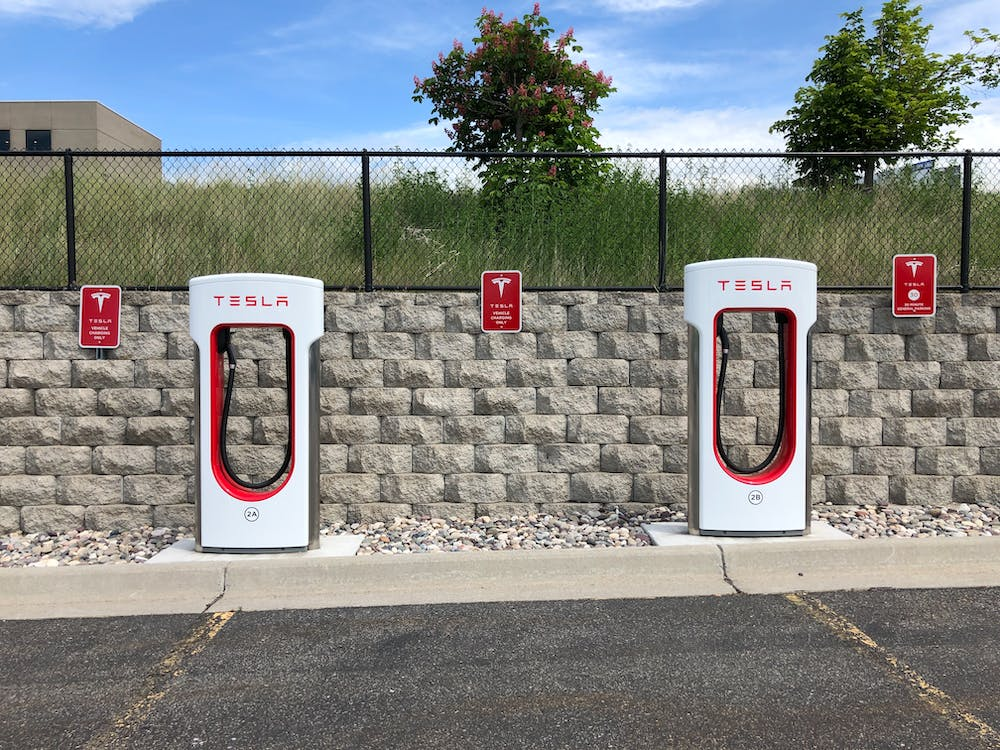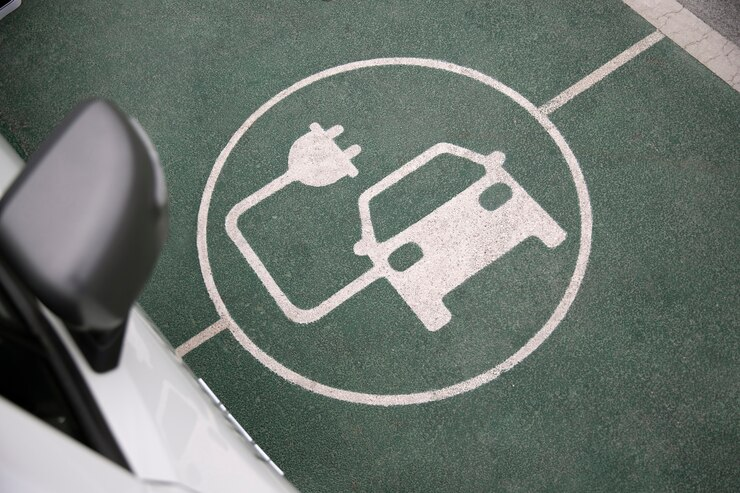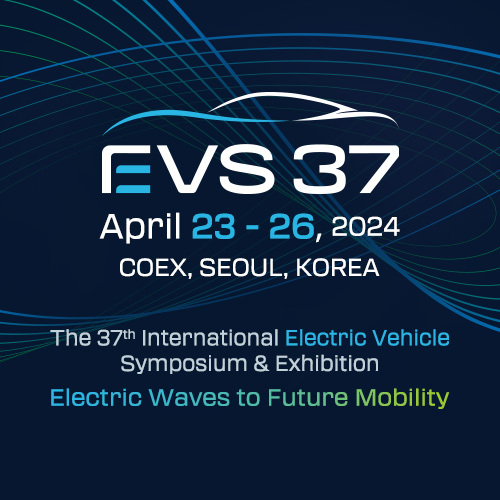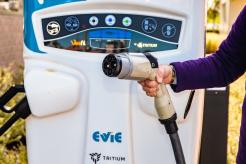Newcomers to the EV charging space and those struggling to compete with big-name companies can learn much from the top companies in the field. Learn what the world’s top eight EV charging companies did right to steer your business toward success.

Image via Pexels
1. Tesla

Image via Pexels
Topping the world’s top eight EV charging companies, Tesla had a head start as the global leader in EV manufacturing. However, it also needed an effective strategy to take the lead in charging solutions.
Its leadership looked to Business Strategies 101 — researching its customers’ pain points and developing a solution. Early EV adopters had to deal with slow charging times, while gas-powered vehicles could get on their way in minutes.
Tesla’s solution was a network of fast chargers that eventually evolved into its flagship Superchargers, which could deliver a 200-mile charge in a mere 15 minutes. Since, at first, only Tesla cars could use the Supercharger network, Tesla’s move cemented its place as EV buyers’ top choice in vehicles.
Now, company leaders have recognized another potential market for its Supercharger network: nonTesla EV owners. According to PCMag’s Emily Dreibelbis, Tesla has opened its vast network to 19 non-Tesla brands, securing a massive foothold in the worldwide EV charging market. It’s not resting on its laurels, though. The world’s EV leader has now set its sights on the semi-truck market, which lags behind other vehicles in EV adoption.
What can EV charging startups learn from Tesla’s winning business strategies? Look at your target market and take their pain points out of the equation through innovation.
2. Lucid
Branching out into new business areas catapulted this California EV manufacturer into second place among EV charging companies. In 2023, Lucid followed Tesla’s lead and expanded its products and services to EV charging.
Its built-in charger, the Wunderbox, enables Lucid Air owners to charge their cars up to 300 miles of range in a mere 20 minutes at a DC fast charging station. That’s not all the Wunderbox can do.
This wunderkind charging unit provides its owners with vehicle-to-grid (V2G) capability, allowing owners to compensate for power outages. The cherry on top? It can even charge other EVs through its vehicle-to-vehicle (V2V) charging capacity.
3. ChargePoint

Image via Wikimedia Commons
Number three, ChargePoint, took a different path to success — doing one thing and doing it well. The US company narrowed its focus to only EV charging, namely, serving the nation’s non-Tesla owners with a massive network of dependable chargers for both personal transportation and commercial fleets.
Although ChargePoint has experienced a rough patch over the past year, investors still see the company as an industry leader and worthy of interest.
Perhaps the company’s staying power despite setbacks lies in its insistence that its leadership team be EV drivers themselves. Like Tesla, ChargePoint uses its customers’ pain points as its starting point. However, it used its leadership’s experience as EV owners themselves to experience its target market’s challenges in person.
Newcomers to the EV charging space should take a cue from ChargePoint’s empathetic strategy. Studies show that empathy is critical to a company’s performance. Since an EV charging business cannot survive without happy customers, it pays to “walk in its customers’ shoes” to experience what hardships they face and arrive at a solution to those problems.
4. EVgo
EV charging infrastructure provider EVgo takes a unique approach to its business model. Instead of charging businesses to install chargers and supporting infrastructure, the company handles all the installation costs, making it easy for fueling businesses to expand into EV charging.
It charges the consumers themselves for each charge to generate revenue. Although station owners don’t earn a dime from charging their customers’ cars, they can reap handsome profits by selling food or other merchandise to drivers while their vehicles charge.
The EVgo model is especially attractive to businesses that don’t have the cash to pay for installation and maintenance costs. Startup EV charging stations, stores, restaurants, and even apartment complexes can attract a larger share of their target market by offering EV charging as an amenity.
5. Wallbox

Image via Freepik
Wallbox targeted the home charging market effectively by pairing efficiency with high-end design. Betting on their customers’ good taste and desire to minimize charging costs, the company combines the latest energy management technology with built-in charging stations that blend seamlessly with each home’s unique character
Finding ways to save your customers money while satisfying another need can position your EV charging business for success. Whether that need is keeping your customers’ homes and businesses from looking like service stations or installing charging stations in underserved areas, it pays to research your target market before you plan your strategy — and then tailor your services and products to their needs.
6. Allego
Netherlands-based EV charging company Allego rose to become the EU’s leading EV infrastructure provider in only ten years. Its strategy is to expand its network of charging facilities into underserved markets both geographically and in the types of vehicles it serves.
As EVs become more mainstream, charging companies that take on the risk of moving into areas with fewer EVs will likely see their businesses grow in the long term. Since more EV makers are addressing the range anxiety issue with longer-range vehicles, it’s a good bet that even rural drivers will eventually adopt EVs.
7. NaaS Technology
Chinese EV charging giant NaaS Technology relies on its vision of a greener world to drive its business model. Marketing itself as a “green mountain” among “gold mountains and silver mountains,” it aims its strategy at the growing number of environmentally conscious Chinese citizens.
US charging infrastructure companies with similar missions would benefit from studying NaaS Technology’s marketing strategy, appealing to American consumers with similar visions. Since millennials and Gen Z lead the nation’s generations in environmental awareness, targeting them with mission-forward messaging would be a wise marketing strategy.
8. Blink Charging

Image via Freepik
Blink Charging founder and former CEO Michael Farkas has taken a long-term approach to his business strategy. The Florida-based company has already faced down markets, betting on a growing interest in EV adoption to spike the EV market upward over the coming decade.
Taking an “all-of-the-above approach” to provide value across the board, Blink provides end-to-end EV charging infrastructure services, handling everything from design to day-to-day operations. Companies with the financial backing to offer such comprehensive services could certainly take a cue from Blink to guide their strategies.
However, a fledgling EV charging company could spread itself too thin without adequate financial support. For that reason, it pays to assess your company’s numbers before expanding your services or products into new lines of business.
Explore the Possibilities at the Next EV Charging Summit & Expo
Whether you’re looking for financing for your EV charging business or want to check out the latest in EV charging technology and infrastructure, you’ll want to attend the EV Charging Summit & Expo. There, you’ll hear from some of the EV industry’s finest minds, mingle with your fellow EV charging business owners, and come away with more advice to help your company grow. Register for your place at the table today!






